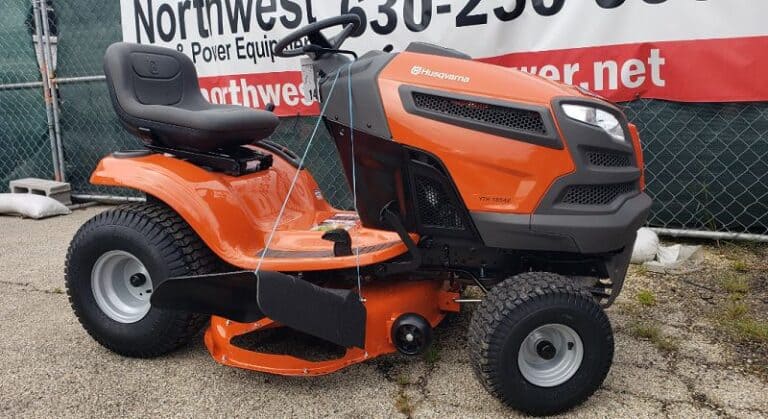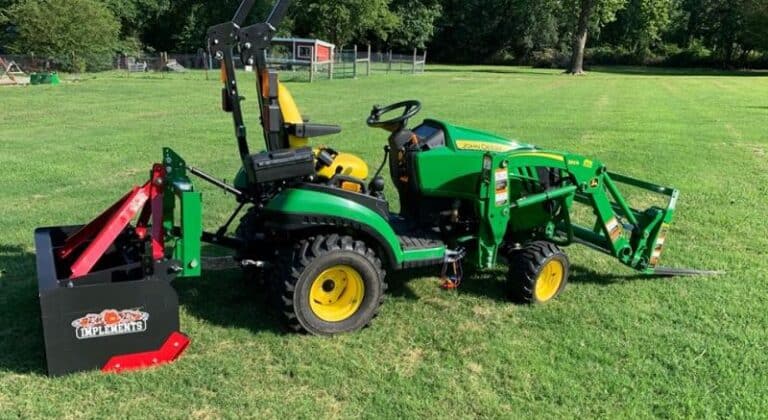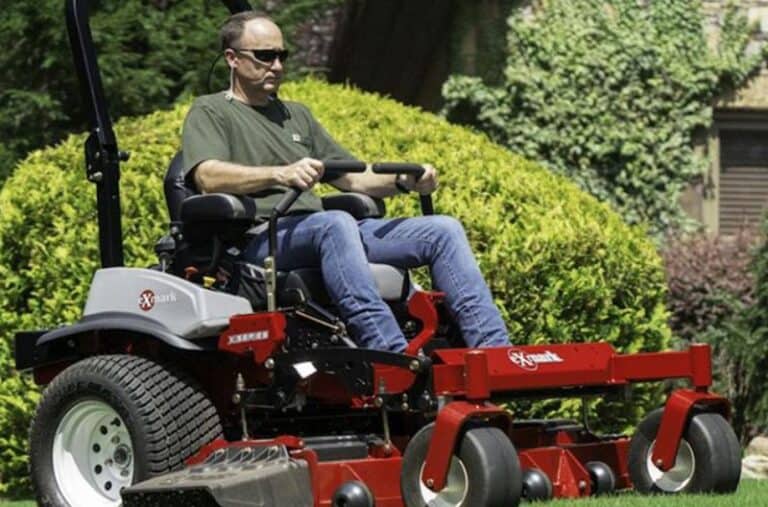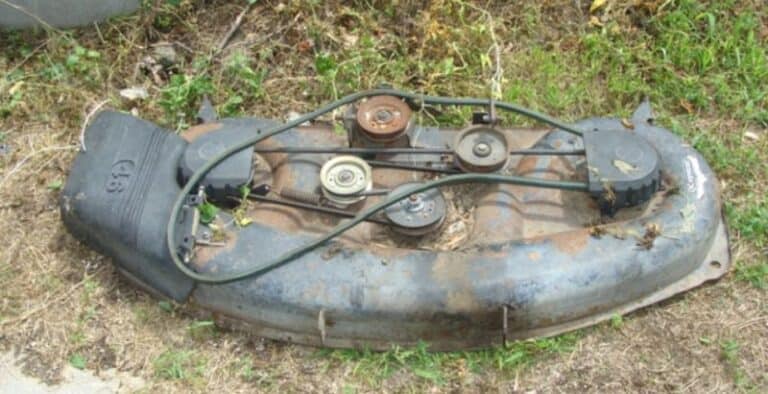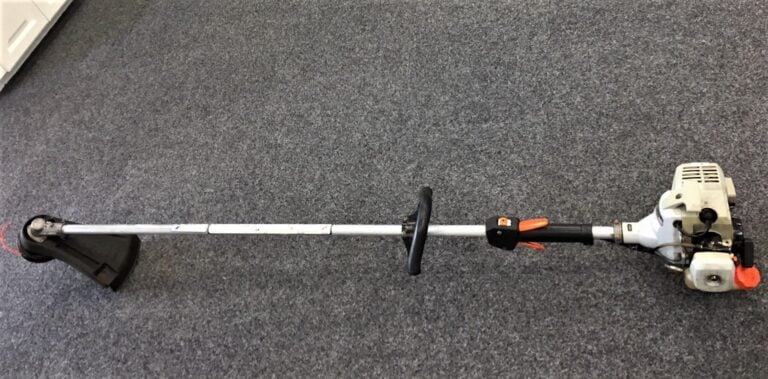What is a Recycler Lawn Mower and Do You Need One?
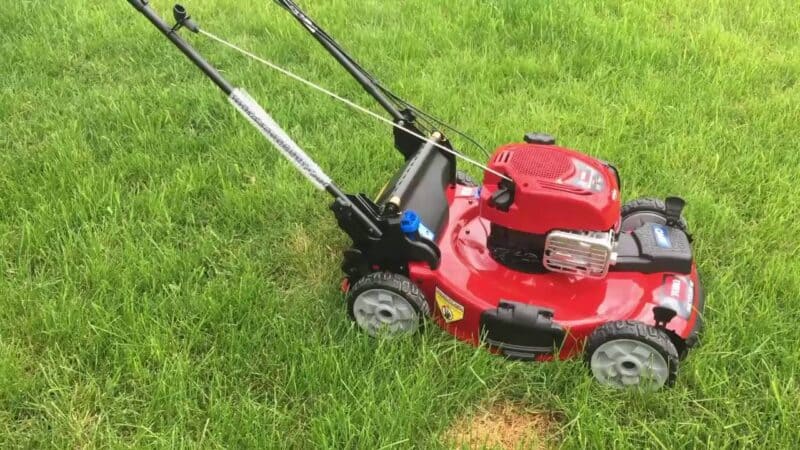
If you’re in the market for a riding lawn mower, it’s likely that you’re asking yourself, “do I need a recycler lawn mower”? Not every riding mower is a recycler mower, and not every recycler mower is a riding mower. A recycler mower meets more specific needs, and may require more specific lawn care and maintenance.
Make sure you know the pros and cons of choosing a recycler mower, and you’ll be rewarded with a yard that is lush, green, and worthy of the work and effort you put into it. So, let’s get started. First, what is a recycler mower? Then, what makes a recycler lawn mower worth the price?
What is a Recycler Lawn Mower?
A recycler or recycling lawn mower, also known as a mulching mower, cuts grass into smaller pieces to be left in place as fertilizer for still-growing grass. This practice of recycling grass clippings, rather than removing them, is known as grass recycling or “grasscycling”, according to EarthEasy.com.
Essentially, a recycler lawn mower prepares grass clippings to be naturally composted by your lawn. Smaller, more dispersed clippings are directed downward by a recycler lawn mower or mulching mower. These dispersed clippings settle easily to the base of growing grasses, nudged along by winds and rains, and compost naturally there with no further effort from the lawn owner.
This free, easy fertilizer is a draw for lawn aficionados, making recycler lawn mowers a popular choice. According to The Spruce, grasses mulched by a mulching mower can contribute as much as a pound of nitrogen toward a lawn’s needs in a year. Overall, according to the same site, most lawns need four pounds of nitrogen per year.
So what, then, is a recycler lawn mower? The name says it all – it’s a mower that lets you recycle your own grass (“grasscycle!”) as a fertilizer for that lush, green lawn you want.
What makes a Recycling Lawn Mower Different?
Grass recycling can be done without a special mower or attachment, but has its downsides. Hay or cut grass, blown out the side of a standard mower (whether a push mower or riding lawn mower), is often fairly long. To keep a yard healthy while “recycling” cut grass as composting fertilizer, the yard must be mowed more often, resulting in short clippings that more easily mimic the action of grass cut with a recycling/mulching mower.
Without this more regular mowing at short lengths, the blowing action as a regular mower moves across the yard at regular intervals leaves lines of cut “hay” across a yard. In hot or sunny weather, these lines of hay can actually hurt healthy grasses, blocking sunlight and encouraging overly moist conditions that can result in disease or rot. As this hay layer breaks down, the grasses underneath can be revealed as gray or brown patches that need significant help to become healthy lawn again.
If a lawn owner decides to remove cut grass rather than allowing this natural process to occur, another level of difficulty is stacked onto the many responsibilities of maintaining a healthy grass lawn. A bagging attachment that collects clippings can assist the mower, but then the bags must be hauled away or managed at a separate composting location. A mulching attachment is another option, but in some cases these result in a significant increase in the creation of a thatch layer – more on that later.
So, what makes a recycling lawn mower different? First, it doesn’t need an attachment – the mower itself contains the recycler component. For most, that means it’s not removable. All your mower knows how to do is cut clippings down small and direct them back into the lawn for recycling. Second, it gives the owner an all-in-one “clipping management system” – no raking, bagging, or hauling clippings needed, and less spreading of fertilizer!
Who Needs a Recycler Lawn Mower?
If you want to cut down on the additional effort of maintaining a healthy lawn, investing in a recycler lawn mower is a reasonable way to go. There are no bags of clippings to manage, no clippings to rake, and no after-effects of hay damage to your yard in the heat of summer.
If you have a large home lawn or an even larger commercial lawn that can generate large volumes of clippings as waste, a recycling or mulching mower can make sense. When you own a lawn that is already quite healthy and has few weeds, you’re a prime candidate for a recycling/mulching mower, since you’re less likely to spread the seeds of weedy plants or encourage thatch problem.
Owning business that regularly manages customer lawns, having riding recycler lawn mowers are a low-maintenance, high-return option. Especially if you’re willing to occasionally invest the effort or money in aeration of your lawn (or your customers’ lawns), a recycler lawn mower is a reasonable investment – more on that later, too.
So, who needs recycler mowers? They make logical sense for landscaping businesses, or for individuals with large, healthy lawns. If you don’t mind spending a little more up front to keep weekly and annual lawn maintenance on a large yard easier overall, you’re a good candidate.
Who Doesn’t Need a Recycler Lawn Mower?
The recycler lawn mower isn’t for everyone. If you already own a mower, opting to purchase a new one just for the “grasscycling” capability doesn’t always make sense. A better option would be a recycler or mulching attachment for your existing mower, although these can have their own issues. If you own a small yard, other options might make more sense. Whether you rake and bag your clippings, or simply mow your lawn more often and allow the shorter clippings to mulch naturally, the investment in time may be preferable to financial investment in a recycler mower.
If you have a yard with a large population of weeds or wildflowers, you might not want a recycler lawn mower. The mower will mulch not only your grasses, but your weed seeds as well. If you enjoy a yard that’s full of wildflowers, go for it. Otherwise, consider getting a standard mowing with a recycler attachment that can be removed as weeds or flowers are going to seed. Mow without the attachment and then rake your clippings at those times of year to avoid spreading seeds, rhizomes, or runners of unwanted species.
What is Aeration and Why Does It Matter?
Some mulching mowers, attachments in particular, can direct clippings downward with a fair amount of force. If that force is too great, clippings or existing grasses can add to the existing thatch layer in your lawn. In general, again according to The Spruce, mulching on a healthy, weed-free lawn doesn’t contribute to thatch buildiup. But a yard with a significant amount of weeds, one with an existing thatch problem, or one mowed in wet or humid conditions can become over-thatched with the use of a mulching mower or attachment.
This thatch layer is made up mostly of roots and dead grass stems, according to Paradise Robotics. A thin layer of thatch helps protect roots against high and low temperatures or dry conditions, but a thick layer can cause problems with water absorption. The effect of a thick thatch layer is a lawn that is prone to disease and likely to continue to collect unhealthy levels of compacted thatch, resulting in soil compaction beneath the surface of your yard and compounding lawn problems.
When a thatch layer becomes thicker than half an inch, problems ensue. When this happens, the process of aeration helps provide oxygen and improved drainage to the deeper layers of your lawn. To aerate your lawn, use an aeration tool to literally remove plugs of thatch from your lawn. These are usually 1-6 inches deep, and removed by the rolling tool at regular intervals. Some lawn companies also offer “power raking”, which literally rakes your lawn with enough force to loosen or remove the over-packed thatch.
If I use a Recycler Lawn Mower, How Can I Reduce Thatch Problems?
To protect your lawn when using a recycler or mulching mower, cut the grass regularly, before you’ll be removing more than 1/2 an inch from the growing stems. Cut only in dry conditions, when clippings won’t clump and worms or fungi can break down the mulch quickly. Make sure cut hay doesn’t lie on top of growing grasses after cutting – if it does, use a rake to disperse the clippings. And check your lawn regularly for signs of thatch buildup. If you see it, it’s time to aerate.
What’s the Takeaway?
To decide whether you need or want a recycler lawn mower, balance the costs of the mower and potential aeration against the costs of other kinds of lawn care. For many, but not all, a recycling mower makes sense. The mower – or an attachment for your existing mower – is definitely an expense. If you live in damp climates and often mow damp or long grasses, you’re likely to need to factor in aeration costs on a regular basis.
On the other hand, you’ll be saving the cost of bags and transportation of clippings for a bagging attachment, the effort of raking with no attachment, plus the cost of that pound of nitrogen each year in additional fertilizers. You’ll be removing waste from a landfill, saving time and effort, and using natural processes to fertilize your lawn. The size of your lawn is also a factor – for a tiny lawn that only takes a little time each week to mow, the time spent raking extra hay (or just mowing a little more often) may be worth the financial savings. In the end, every lawn owner must make their own decision.

